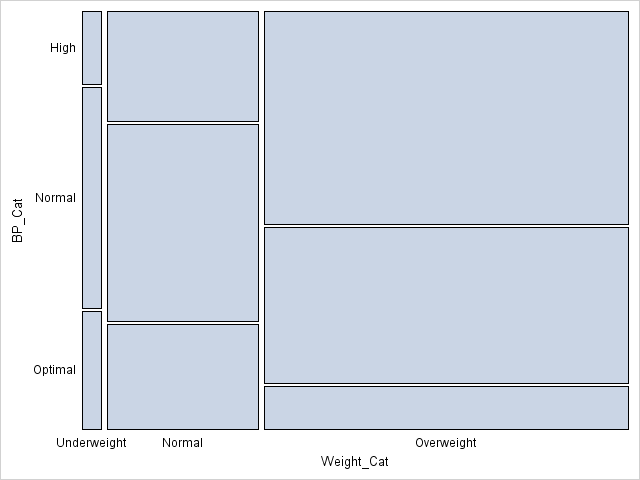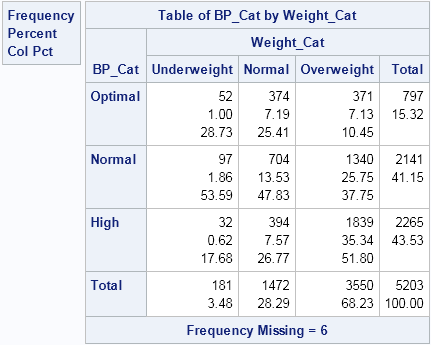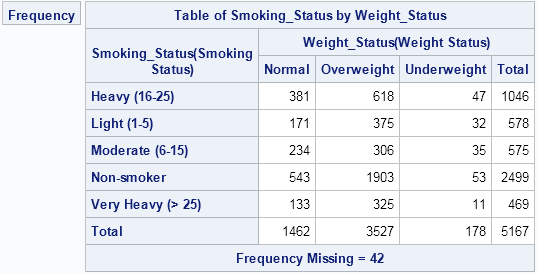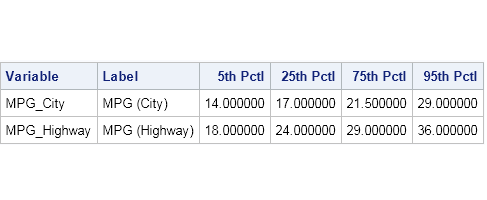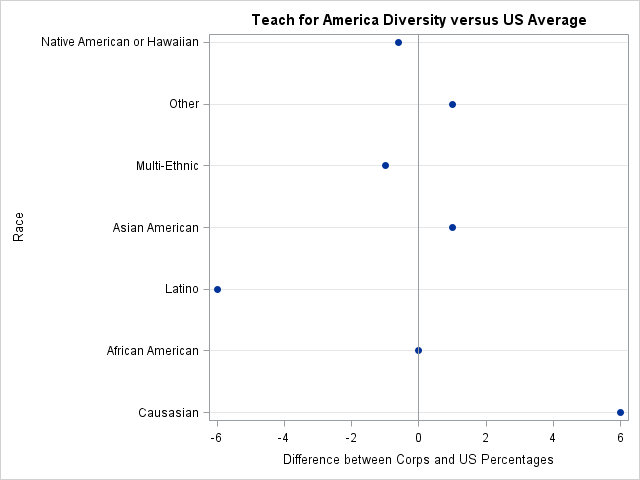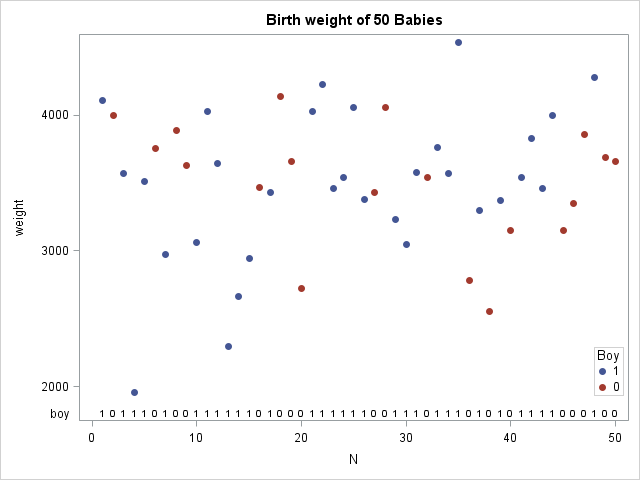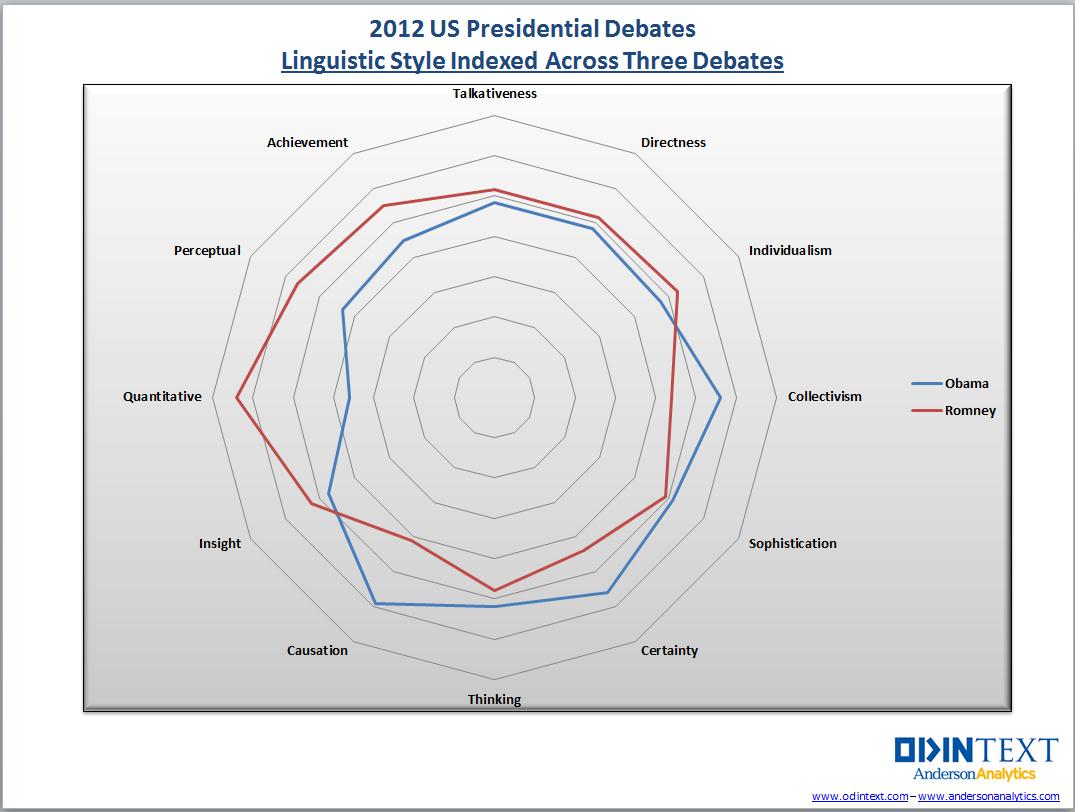
In 2013 I published 110 blog posts. Some of these articles were more popular than others, often because they were linked to from a SAS newsletter such as the SAS Statistics and Operations Research News. In no particular order, here are some of my most popular posts from 2013, organized

